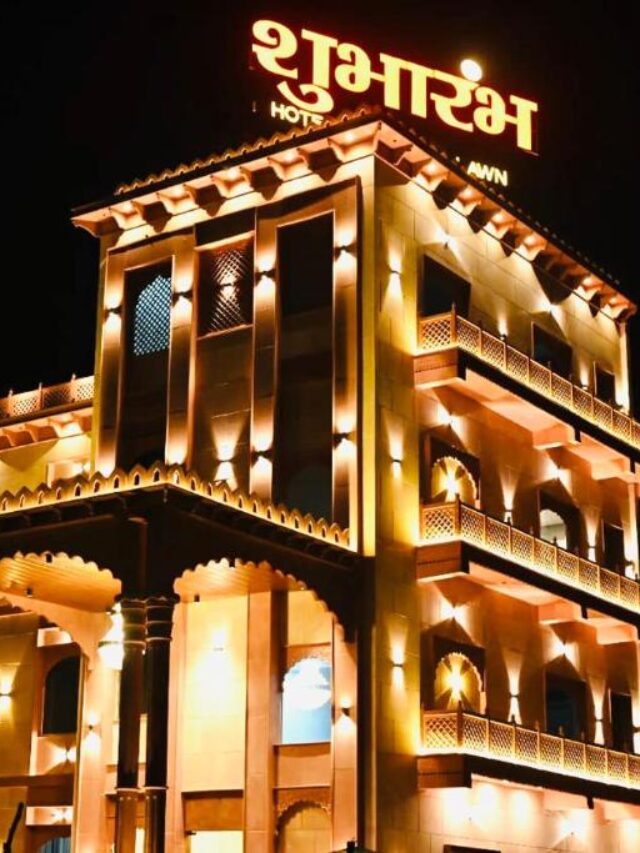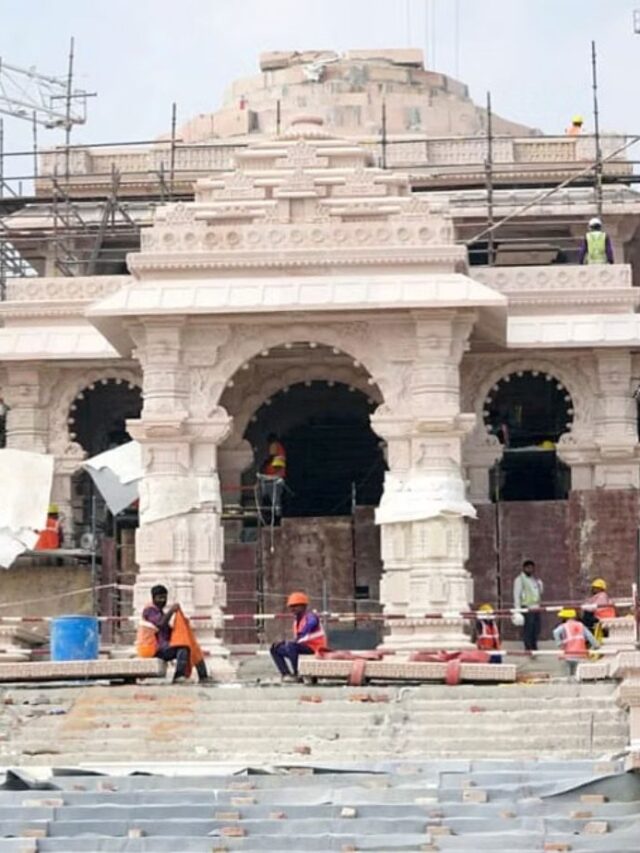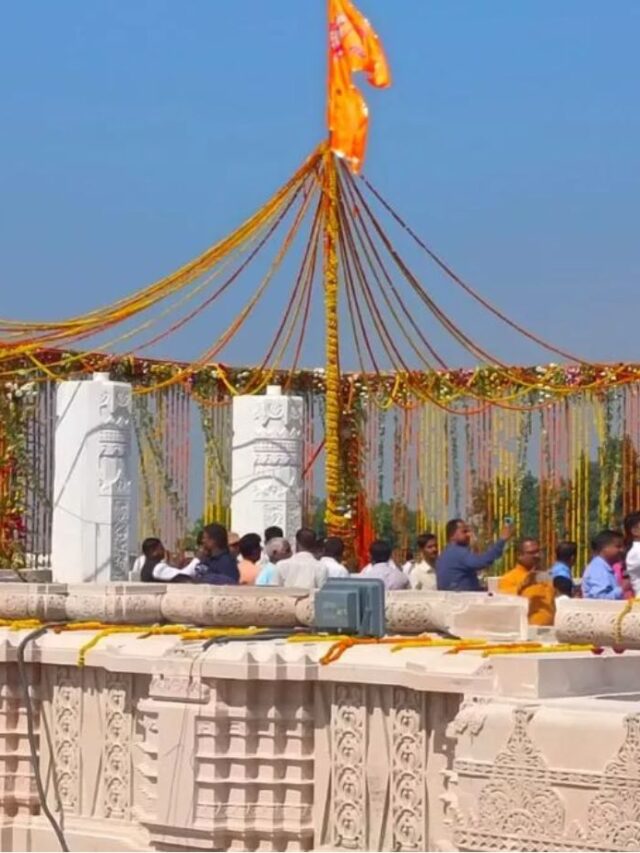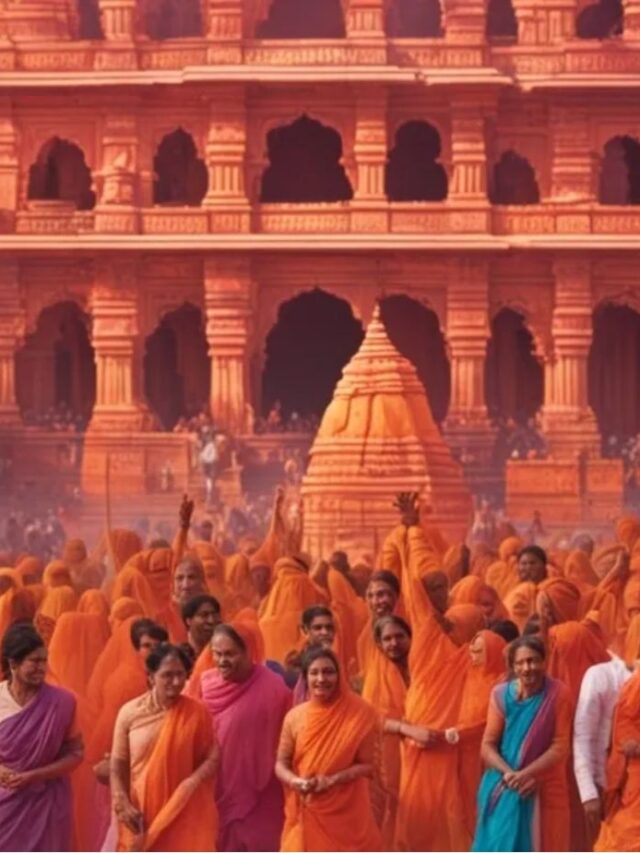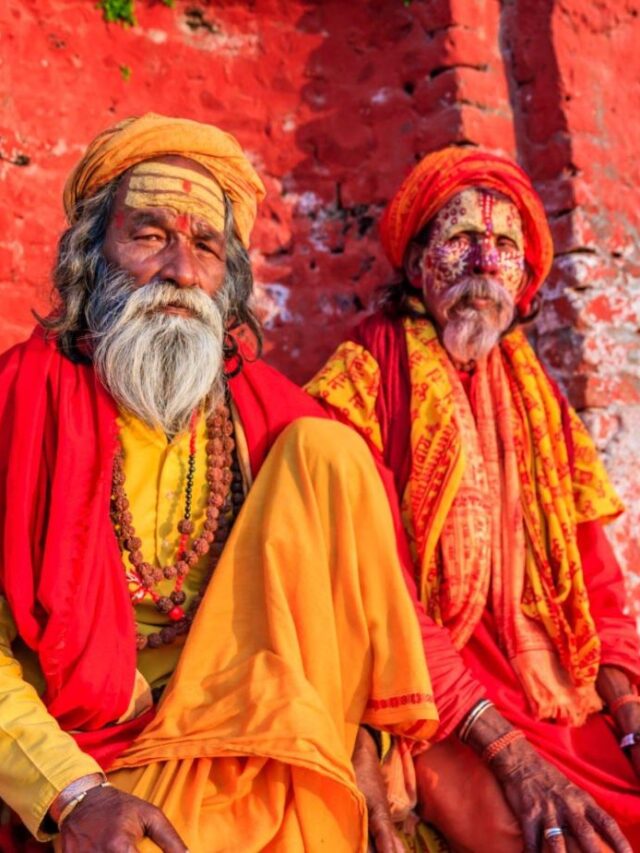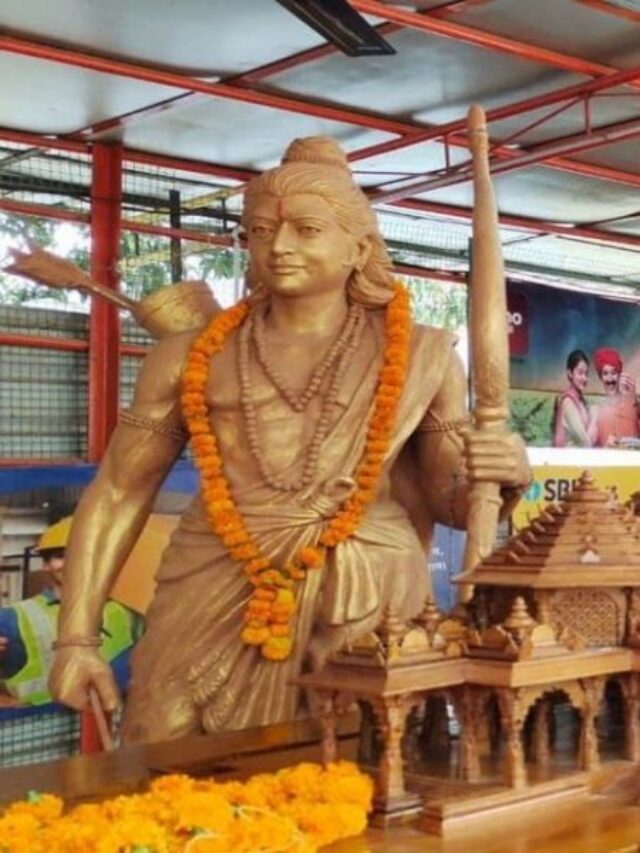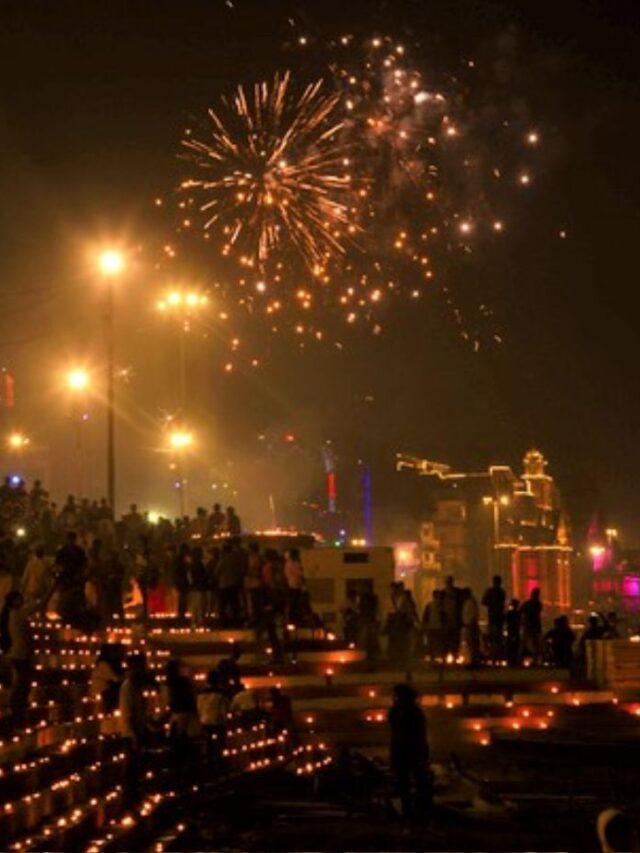The epic of the Ramayana, a revered ancient Indian narrative, has long captivated the imagination of scholars and believers alike. With its rich tapestry of mythology and history, the quest for tangible evidence of its events and characters has been a subject of intrigue. While archaeological findings, geographical references, and literary interpretations offer clues, the true nature of the Ramayana remains a tantalizing enigma, uniting faith and fact in a quest for the mystical and the historical.
The Historical Context
In order to affirm the presence of the Ramayana, one must delve into the historical backdrop against which it unfolds. The Ramayana is traditionally situated in the Treta Yuga, a time that predates the present era known as the Kali Yuga. According to Hindu cosmology, this timeline situates the Ramayana’s events in a remote antiquity, rendering the pursuit of concrete evidence a formidable undertaking.
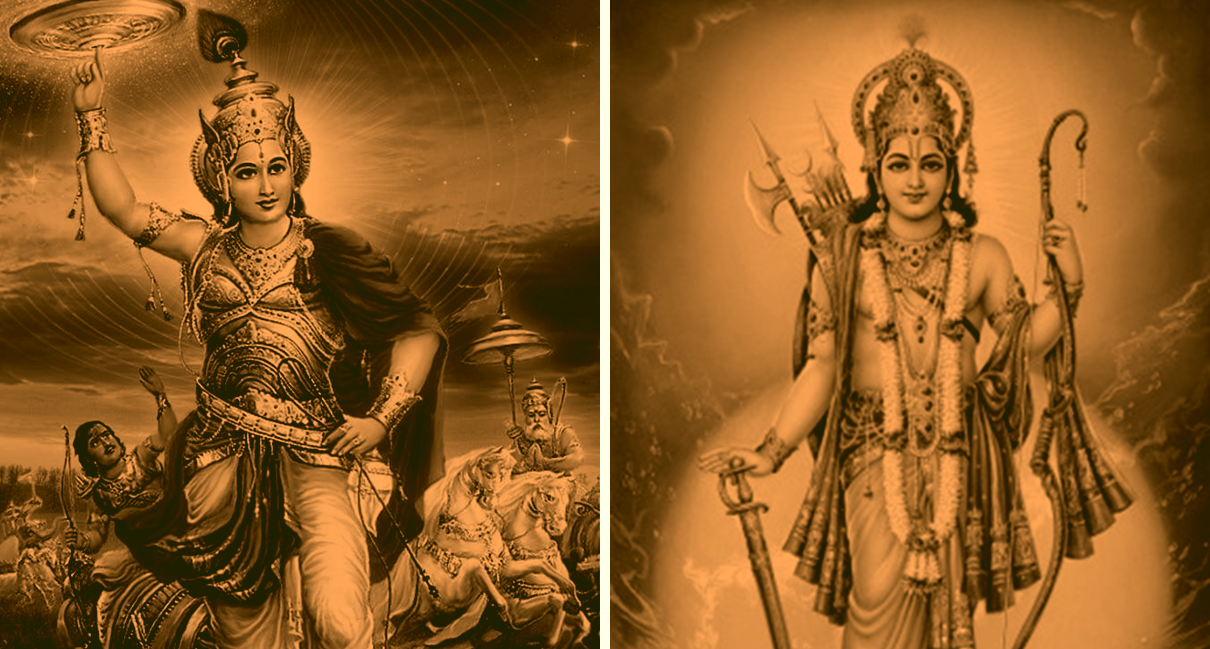
Archaeological Discoveries
One avenue of inquiry into the historicity of the Ramayana is archaeological research. Several sites and artifacts have been proposed as evidence of the epic, although none offer conclusive proof.
- Ayodhya: Ayodhya, steeped in tradition as the birthplace of Lord Rama, the revered protagonist of the Ramayana, gained international prominence in 1992 when the Babri Masjid was demolished, igniting a contentious discourse. Despite some asserting it as the factual birthplace of Lord Rama, no unequivocal archaeological proof has firmly corroborated this assertion.
- Bridge to Lanka: The Ram Setu, or Rama’s Bridge, is a chain of limestone shoals between Pamban Island, also known as Rameswaram Island, and Mannar Island in Sri Lanka. The prevailing belief holds that this structure might be the legendary bridge constructed by Lord Rama’s army to reach Lanka, as recounted in the epic Ramayana, yet geological investigations propose it could potentially be a natural formation rather than a man-made one.
- Hampi: The ancient city of Hampi in Karnataka is often associated with Kishkindha, the kingdom of Lord Rama’s ally, Lord Hanuman. Although the ruins of Hampi are significant, they do not conclusively establish a connection to the events of the Ramayana.
Historical Documentation
The absence of concrete archaeological evidence doesn’t necessarily disprove the Ramayana. Historical documentation is another critical aspect of this debate.
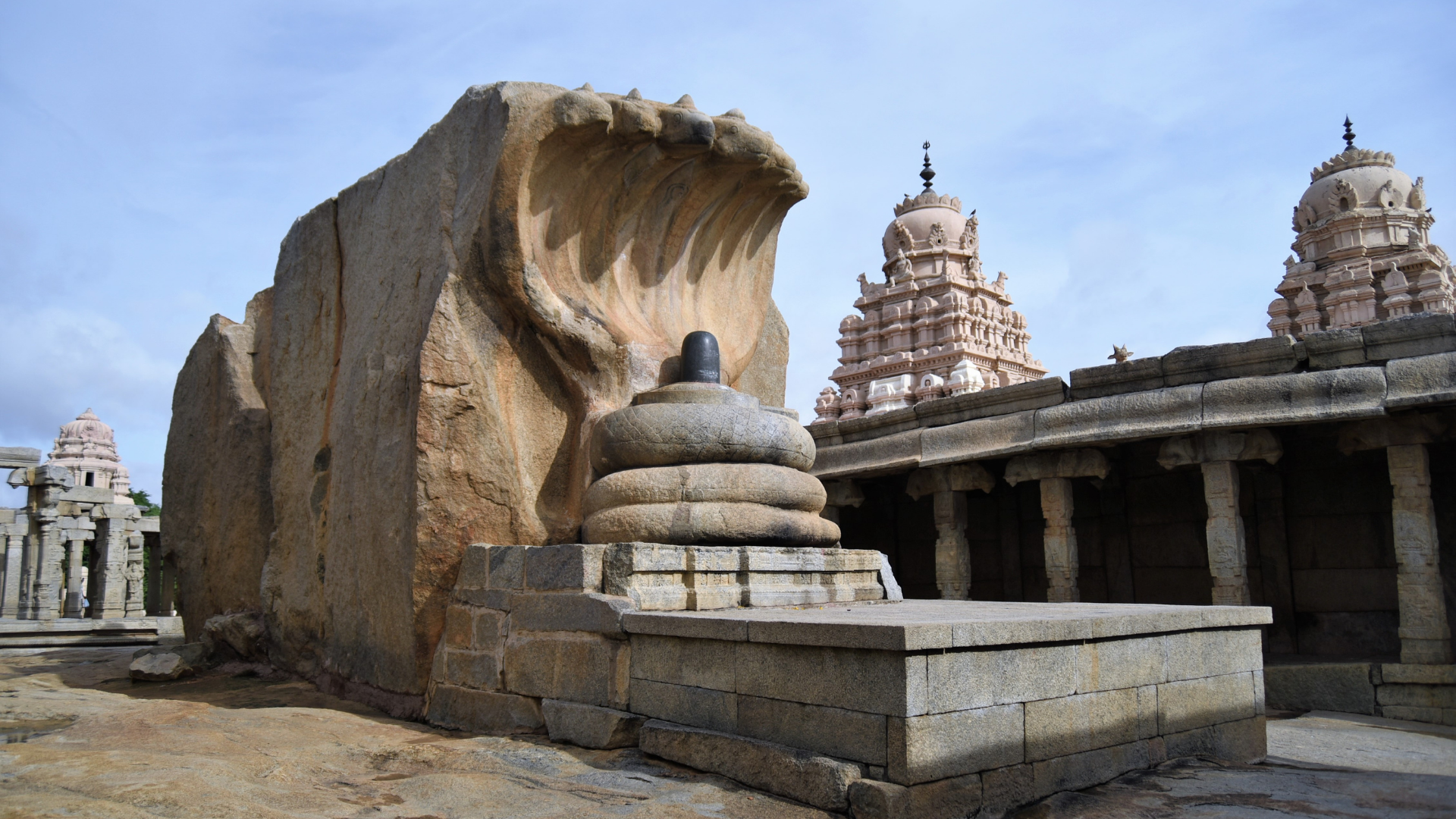
- Valmiki’s Ramayana: Valmiki, the author of the Ramayana, crafted a compelling narrative that offers insights into events, characters, and geographical settings, imbuing it with historical significance. Nevertheless, its accuracy as a factual historical record remains open to various interpretations.
- Other Texts: Apart from Valmiki’s Ramayana, various other ancient texts and manuscripts refer to the Ramayana. The Jain versions, for instance, provide alternative perspectives and details of the epic’s events.
Also read – All About Shree Ram and His Life
Scientific Exploration
Modern scientific methods have also contributed to the discourse surrounding the Ramayana.
- Remote Sensing: In the past few years, innovative remote sensing techniques such as LiDAR (Light Detection and Ranging) have been harnessed to reveal concealed archaeological characteristics. Despite their application in Indian site exploration, they have not yet yielded definitive proof regarding the Ramayana.
- Oceanography: Some researchers have turned to oceanography to investigate the possibility of Rama’s Bridge. Research indicates that the creation of Adam’s Bridge, scientifically recognized, may indeed have natural origins, yet this doesn’t dismiss the intriguing notion that it might have once functioned as the legendary bridge recounted in the Ramayana.
Also read – The Role Of Social Media In Spreading Awareness And Information About The Ram Mandir Ayodhya Construction
Also read – The Religious and Cultural Significance of Ram Mandir
Conclusion
In the quest to uncover the historical authenticity of the Ramayana, the evidence remains a complex tapestry of mythology, archaeology, and oral tradition. While archaeological findings suggest the possibility of ancient cities and events mentioned in the epic, concrete proof remains elusive. The Ramayana’s enduring presence in cultural, religious, and literary traditions highlights its profound impact on society. It serves as a reminder that history, whether factual or symbolic, is often intertwined with the threads of human belief and storytelling, rendering its evidence a matter of interpretation and faith.
Also read – The Traditional Dress of Bhotia Tribes in Uttarakhand

